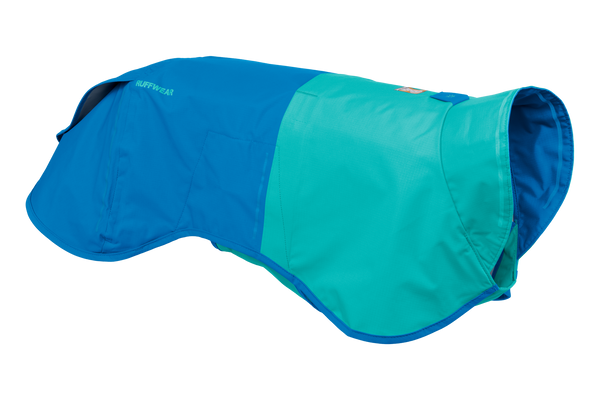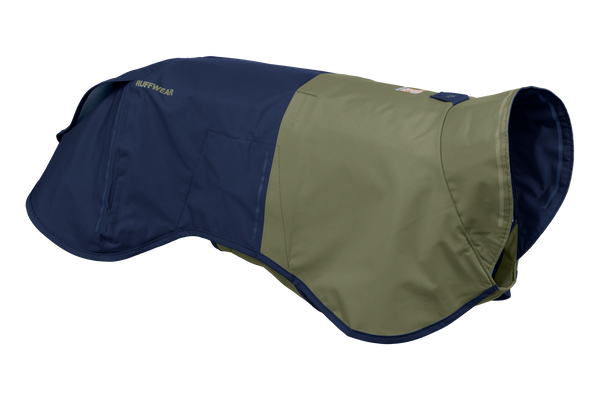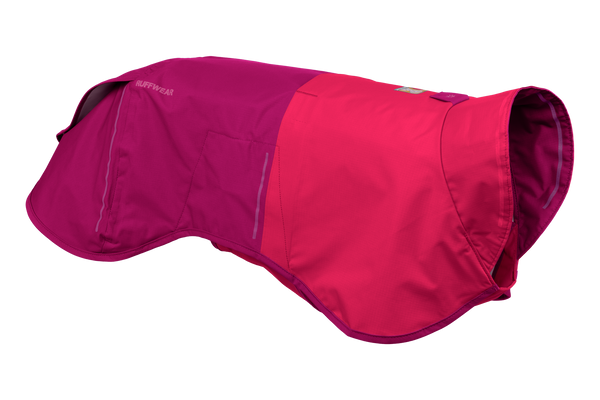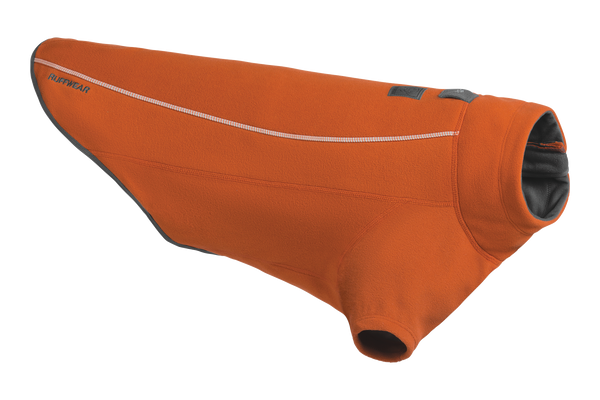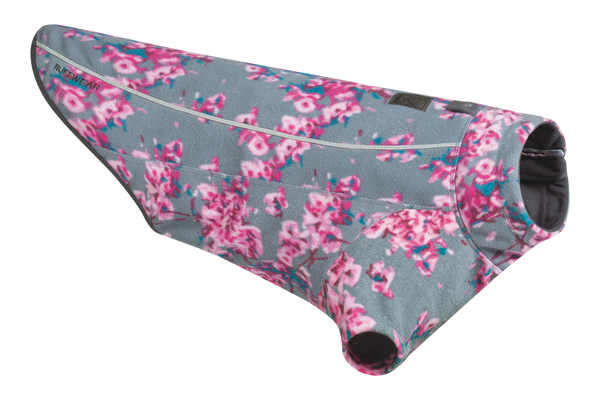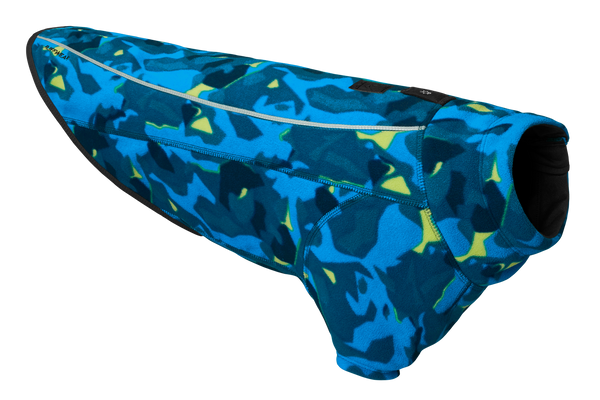6 Tips for Breaking in Ruffwear Dog Boots
Boots can help dogs with grip and traction on loose, rocky terrain, on ice and snow, and on other wet or slick surfaces. They protect paws from hot pavement, coarse, rocky trails, clumpy snow, salt and snowmelt chemicals, and more. Yet, just like human boots, dog boots need a break-in period. To make it easy, we’ve got 6 tips for breaking in Ruffwear dog boots.
1. Work ‘Em
When you first get the boots, work them in your hands so the sole becomes more pliable. Because of their weight, small dogs have a particularly hard time softening the outsole of their boots, so breaking them in with your hands can really help them become more comfortable, quickly.
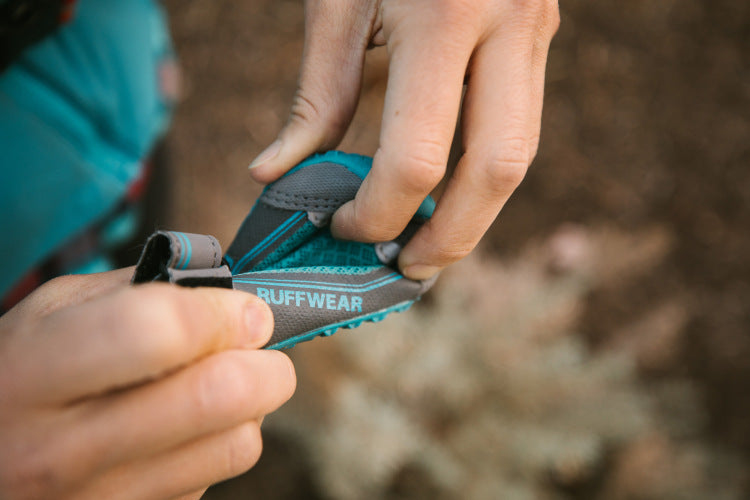
2. Take it Slow
Start by putting the boots on in the house for a couple minutes. Then, try short adventures outside, gradually increasing the time spent in the boots. We recommend using treats or toys and keeping the activity fun and rewarding to take the focus away from the boots. Along with breaking in the boots, you’ll help your dog get accustomed to wearing them.

3. Stop and Check
Each time you use the boots during the break-in period, stop and check for rubbing and hot spots. This is also a great time to check the strap tension and fit to make sure the boots stay secure.

4. Try Socks
Just like socks help with the overall comfort of our shoes, boot liners can help with a dog’s overall comfort, providing a soft wicking layer between the paw and the boot. Socks can also help protect the dew claws and enhance fit.
5. Get the Right Fit
Getting the right size boot not only ensures the boot will stay on and upright, but it also helps with boot comfort. The boot strap should fit snugly above the metatarsal/metacarpal pad, but below the carpal pad. It should fit with little excess room from left to right, and front to back, and bend at a 45-degree angle where the dog’s paw naturally bends. For the best fit, download and print our Paw Measurement Chart to find the proper measurement of your dog’s paw — note that paws can vary in size, so be sure to measure all four. We've also got a video to help.
6. Embrace the Boot Dance
Your dog will most likely “dance” their first time in boots, shaking their paws and high stepping. This is a natural reaction! Don’t be alarmed and try not to laugh — dogs are sensitive and laughing can cause anxiety for them. You might be surprised how quickly your dog will get used to the idea of boots if you follow the tips above, and perhaps most importantly, use lots of rewards to make it a fun and engaging experience.

Do you have questions or feedback about our boots or any other Ruffwear gear? Get in touch! Going on an adventure? Share your stories with us on Facebook and Instagram. And let us know what your dog means to you using the tag #mydogismy.













